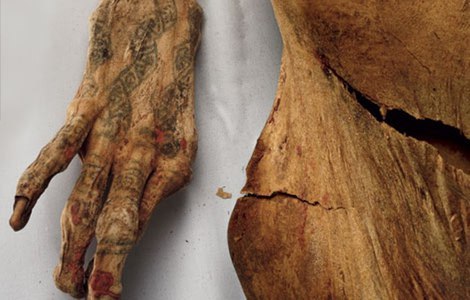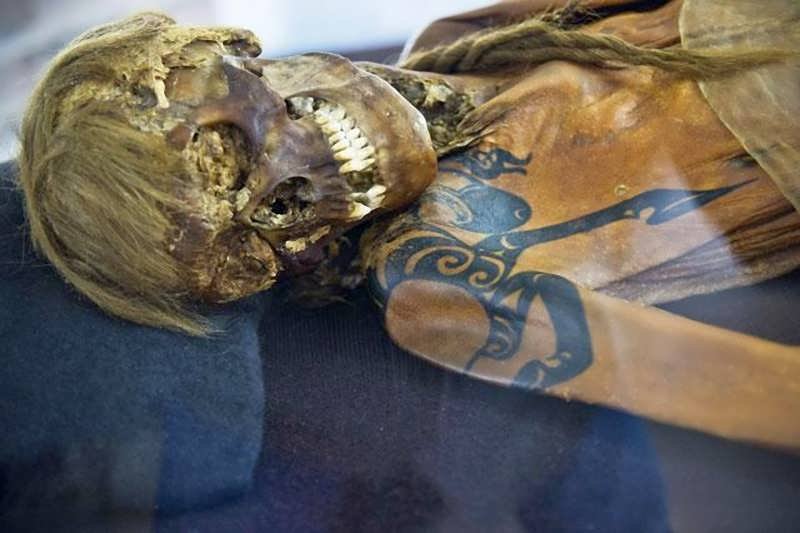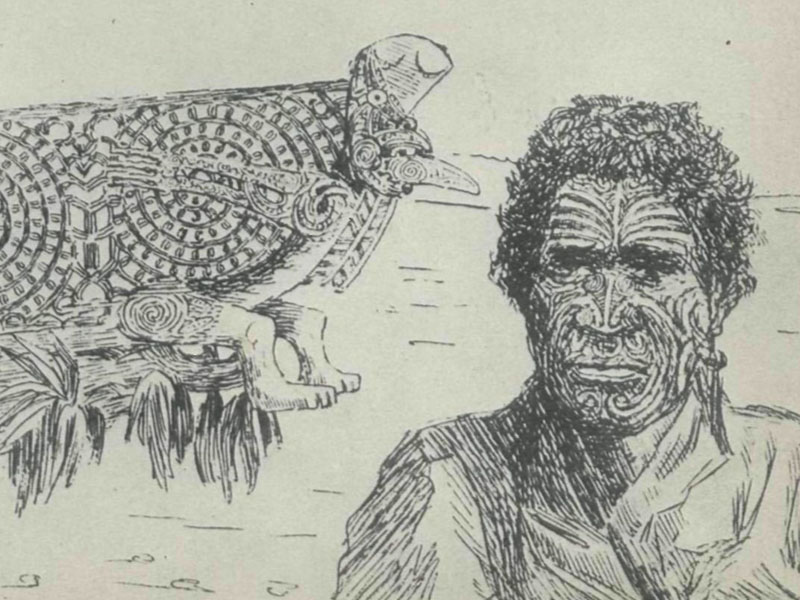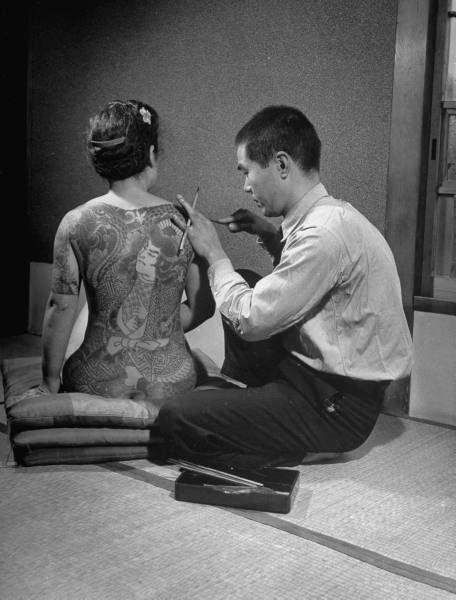- Москва, ул.Лётчика Грицевца 14а,
м. «Пыхтино» - Ежедневно, с 1200 до 2000
- +7 (915) 000-77-99 - (Телефон салона) +7 (915) 000−77−99 - (WhatsApp)+7 (915) 000−77−99 - (Viber)
- domtattoo@yandex.ru
Tattooing in Ancient and Tribal Culture
Все о татуировках
- Стили татуировки
- Белая татуировка
- Биомеханика (Biomechanics) и Органика
- Блэкворк ( Blackwork)
- Дотворк (Dotwork)
- Готика «Gothic»
- Кельтские
- Клокворк
- Нью Скул ( New School)
- Олд Скул ( Old School)
- Ориентал (Oriental)
- Полинезия
- Реализм
- Стимпанк
- Сюрреализм (Сверхреализм)
- Трайбл (Tribal)
- Треш полька
- Черно-серая "Black&grey"
- Чикано (Chicano)
- Этнический стиль тату (Ethnic)
- Японские тату
- Тотемные тату Тлинкитов
- Татуировки- надписи
- Временная татуировка.
- Хоррор
- Парные тату
- Крестиком
- Кружева
- Ультрафиолетовая татуировка
- Татуировки на частях тела
- Надписи для тату с переводом
- Надписи с переводом с немецкого на русский язык
- Надписи, афоризмы, цитаты на португальском и бразильском языке с переводом на русский
- Надписи на испанском с переводом
- Перевод фраз и гимнов (стихов) с хинди на русский
- Фразы, надписи и афоризмы на арабском языке с переводом
- Надписи для мужчин
- Надписи для мужчин с переводом
- Благородный муж
- Друзья и дружба - мысли великих.
- Труды, достижения и ошибки - надписи для тату
- Враги и недруги, война и кровь в надписях для мужчин
- Надписи о Смелости и Силе для мужских тату с переводом
- 120 надписей для Мужчин о Смелости, Силе и Движении Вперед
- Тату надписи для Мужчин-воинов и защитников Отечества на тему Смелости, Чести, Мужества, Долга и Действия
- Надписи для девушек
- Надписи на тему: Любви, Семьи и Верности с переводом на Английский
- Надписи с переводом о семье на разные азыки мира.
- Вопросы о татуировках
- Астрология и астральная геометрия
- Значение тату
- Уход за татуировкой
- Для СМИ и видео проектов
- Татуировка на шрамах
- Иглы и краски для татуировок
- Зодиакальные татуировки...
- Стили, виды татуировки. Сведение тату.
- English language
- Все о Сак Янт - Тайской Шаманской Татуировки
- Священные татуировки - ИЗ ПРОШЛОГО
- МАГИЧЕСКИЕ ЧЕРНИЛА: ЗАКЛИНАНИЯ И СИГИЛЫ
- ИГЛОЙ НА КОЖЕ
- ЛУК СИТ
- КХРУ САК
- ВИЧА
- ТЕКСТЫ И ЧИСЛА, ТЕЛЕСНЫЙ ЩИТ
- ЯНТРЫ ЧОК ЛАП ПРИНОСЯТ УДАЧУ И ПРОЦВЕТАНИЕ.
- ТРАНС
- ТРАДИЦИИ САК ЯНТ В ТАИЛАНДЕ
- ЗАКЛИНАНИЯ И ПИСЬМЕНА
- Обучение мастеров-татуировки в Тайланде (ТРАНСФОРМАЦИЯ И ДИСЦИПЛИНА)
- Сигилизм
Информация
- Портфолио
- Все о пирсинге
- Виды и стили
- Подготовка и процедура пирсинга
- Когда пирсинг уже сделан
- Бод Мод
- Украшение для пирсинга
- Инструмент для пирсинга
- Словарь терминов
- Cтоимость пирсинга
- Магическое, символическое значение пирсинга
- Вопросы и ответы про пирсинг
- Удаление татуировок
- Все о татуаже
- Новости
- Ответы на часто задаваемые вопросы о тату.
- Работы тату художника Yann Travaille
- Съемки MTV
- Проба пера
- Съемки Дискавери в судии ...
- Энциклопедия пирсинга
- 7 Московская Международная Тату Конвенция
- «Звёздный» гость салона «Дом Элит Тату» - известный продюсер Андрей Клюкин
- Ушел из жизни тату мастер Илья Смирнов
- Мы примим участие в Питерской тату конвенции 2015 года
- У нас делают татуировки модели Creepy Sweets
- Оригинальный майки и футболки с аэрографией за 4.000 рублей
- Мы получили независимую премию "Лучший Тату Салон 2015 года" по версии портала Татуировка.Рф
- Мы участники и победители тату конвенции в Москве
- Мы организаторы "Ночи Татуировщика 2015 в Москве"
- Rock heroes: Miss Тату Хабаровск
- Немецкий политик сядет в тюрьму за то что сделал нацистскую татуировку
- Международная Московская Тату Конвенция 2016
- Санкт-Петербургский Тату-Фестиваль
- 2 Международный фестиваль татуировки Сочи 2016
- Самый старый татуированный человек на нашей планете.
- 9-я Международная Московская Тату Конвенция 2017
- Тату мастер с 1.4 миллионом подписчиков маскирует растяжки
- Miss Tattoo Australia Дженн Десмонд - водитель грузовика
- Тату разрешены
- Зейн Малик сделал татуировку с глазами Джиджи Хадид на груди
- Тату как запрет на реанимацию
- В честь ЛДПР прошла тату-вечеринка
- Тату салон в Самаре
- Аренда места в тату салоне Москва. Как правильно и главное где арендава
- Обучение и все о нем
The most ancient and widely employed form of permanent body alteration is tattooing. Archeological eVidence indicates that tattooing was probably practiced among peoples living during the late Stone Age. Carved figures from European sites dated 6,000 years B.C. and Egyptian figurines created some 2,000 years later show facial and body markings thought to represent tattoos. Proof of the antiquity of the practice is derived from the mummified body of a priestess of Hathor (dated 2.000 B.C.) that bears parallel line markings on the stomach thought to have had medicinal or fertility functions.
 Tattooing in ancient Egypt was confined
to women. especially concubines, dancers. and priestesses. Mummified remains
bear series of dots and geometric line patterns. Singers and other female
entertainers were decorated with the symbol of the goddess Bes. the protectress
of women in these roles.
Tattooing in ancient Egypt was confined
to women. especially concubines, dancers. and priestesses. Mummified remains
bear series of dots and geometric line patterns. Singers and other female
entertainers were decorated with the symbol of the goddess Bes. the protectress
of women in these roles.
In 1948 archeologists working at Pazyrykin in Siberia discovered a burial
mound constructed by Sythian nomads in the fifth century B.C. A number
As early as 2,000 B.C. tattooing spread from the Mideast to the Pacific
Islands by way of India, China. and Japan. Theories of how the diffusion of
tattooing into Pacific  Island cultures took place vary. It is most probable
that the practice was carried by the Ainu. a nomadic caucasian group that now
inhabits the northern island of Japan. Samoan explorers may have adopted
tattooing after encountering it in their western travels. and introduced it
into Fiji, Australia, New Zealand, and the Hawaiian Islands. An alternative
explanation of the diffusion holds that the practice was carried to Polynesia
and New Zealand by South American explorers in their western travels. It is
certain that tattooing was a feature of Aztec. Inca. and Mayan culture.
Island cultures took place vary. It is most probable
that the practice was carried by the Ainu. a nomadic caucasian group that now
inhabits the northern island of Japan. Samoan explorers may have adopted
tattooing after encountering it in their western travels. and introduced it
into Fiji, Australia, New Zealand, and the Hawaiian Islands. An alternative
explanation of the diffusion holds that the practice was carried to Polynesia
and New Zealand by South American explorers in their western travels. It is
certain that tattooing was a feature of Aztec. Inca. and Mayan culture.
Extensively tattooed mummified remains dating from the first century A.D.
have been found in Peruvian excavations. Whatever its route of diffusion.
tattooing
Maori women usually received limited moko markings on the lip and chin area.
while men carried extensive facial and body tattoos consisting primarily of
whorls, geometric patterns. and other 
Moko designs were inscribed with a serrated bone or shell adze dipped in
pigment made from the oily smoke of burning nut kernels. The design was
literally chiseled
The dominant function of tattooing in all tribal societies was to denote the
bearer's status or social identity. Commonly, the painful tattoo process was
part of the rite of passage to adult status. By stoically undergoing the tattoo
ritual, recipients could demonstrate their bravery to the other members of the
group. In Borneo. Kayan women were given ornate leg and arm tattoos often
depicting traditional, stylized dog designs. Covering the arm below the elbow
was particularly important since an undecorated arm was seen as a sign of
Tattooing typically also had religious or magical purposes, often proViding a means of identification or protection in the afterlife. In Fiji, women who died without tattoos were believed to be beaten by spirits of other women and served as food for the gods. The spirits of women of Long Glat in Borneo were assigned tasks after death based on the extensiveness of their tattооing. The most heavily tattooed could gather pearls in the heavenly river, while those who died with partial decorations could watch, and those who were untattooed were excluded altogether. In addition to assuring immortality or improVing one's chances of enjoying a pleasant afterlife, tattооing in tribal cultures was often believed to insure the bearer's good luck; to help charm members of the opposite sex; to protect one from accident; to preserve youth; and to bring good health.
 Women of nomadic tribes in Yemen and the Maghreb, for example.
still practice facial and hand tattooing intended to have prophylactic or
therapeutic functions. The markings protect the bearer from eye diseases,
insure fertility, and bring good fortune. As a decorative art form. tattooing
was, and continues to be. practiced most beautifully and with greatest skill in
Japan. Clay figurines (haniwa) found in a grave mound near Osaka and dated from
the fifth century B.C. show clear facial marks believed to be tattoos that
performed decorative, religious.
Women of nomadic tribes in Yemen and the Maghreb, for example.
still practice facial and hand tattooing intended to have prophylactic or
therapeutic functions. The markings protect the bearer from eye diseases,
insure fertility, and bring good fortune. As a decorative art form. tattooing
was, and continues to be. practiced most beautifully and with greatest skill in
Japan. Clay figurines (haniwa) found in a grave mound near Osaka and dated from
the fifth century B.C. show clear facial marks believed to be tattoos that
performed decorative, religious.
Members of outcast 
The most popular versions were heavily illustrated
Irezumi flourished until
It is in Japan
.jpg)





